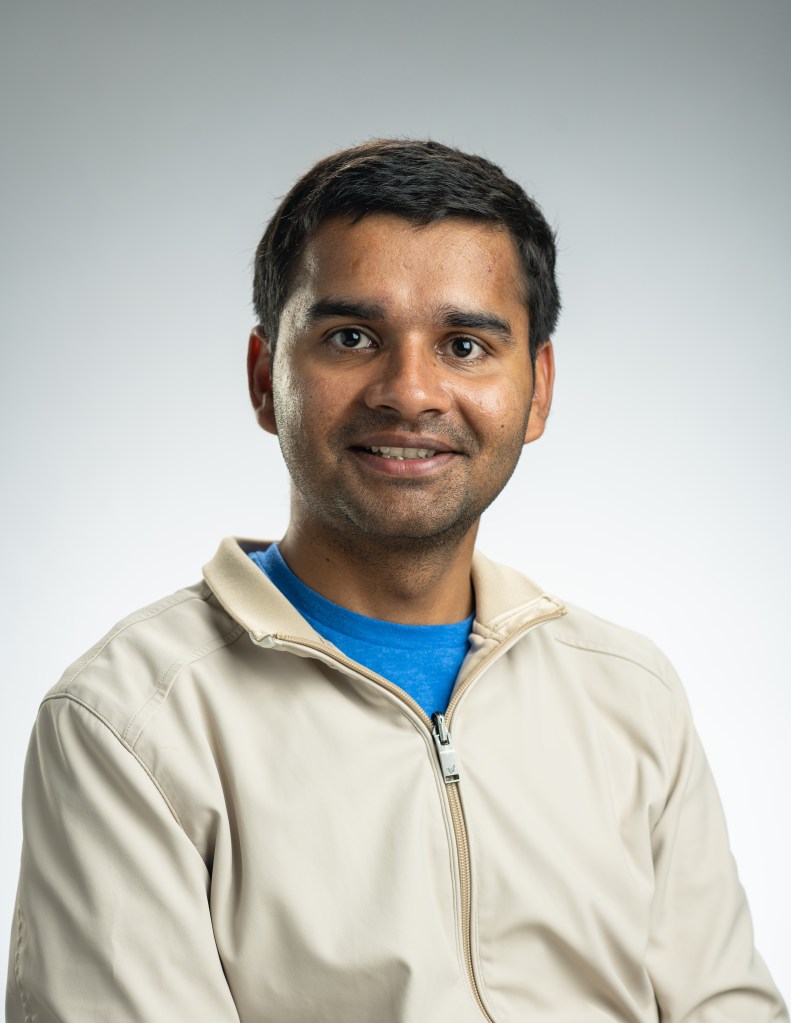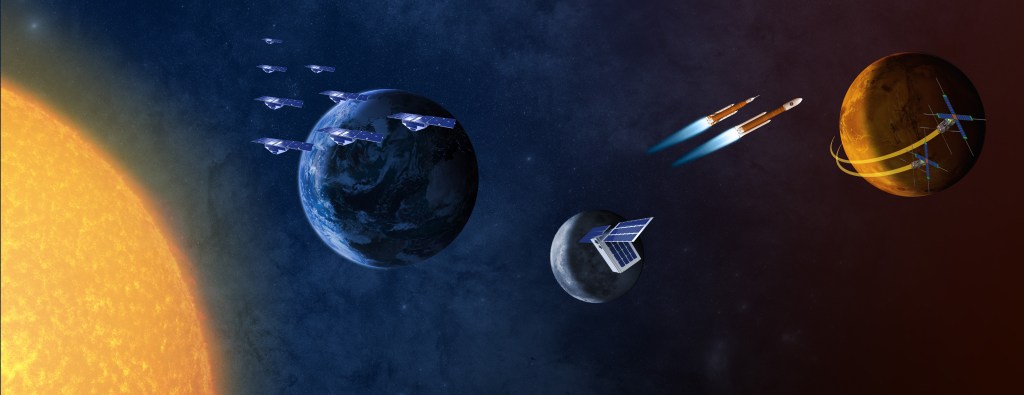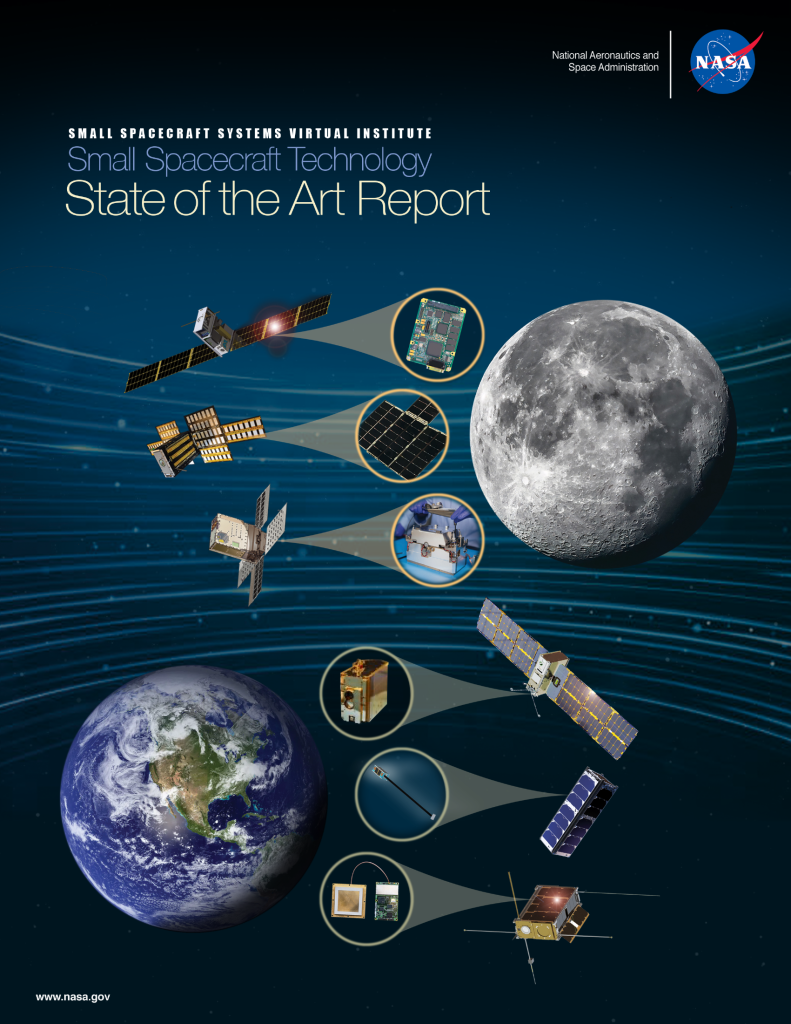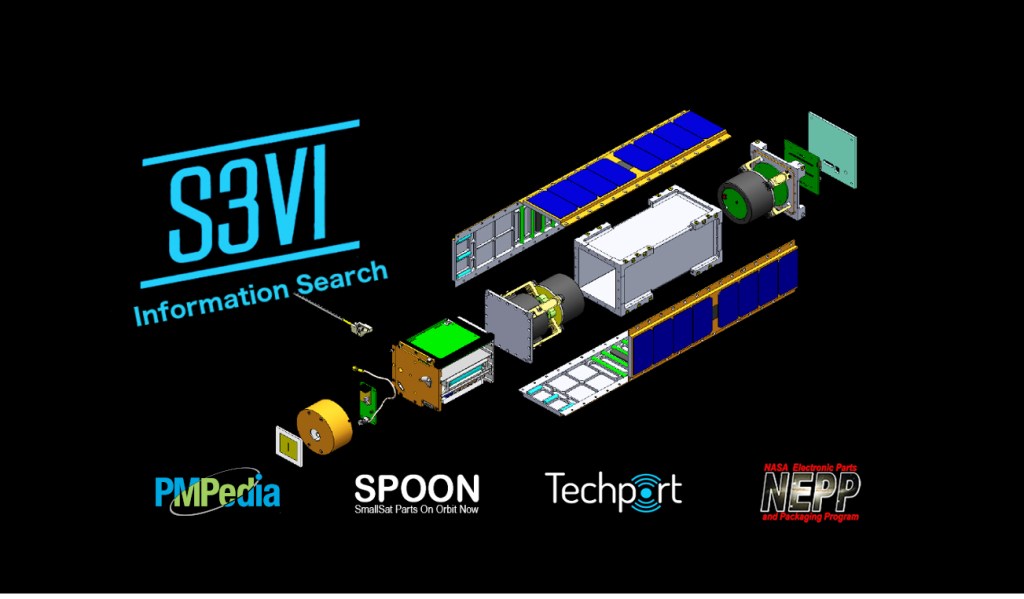Small Spacecraft Community of Practice
Subscribe to receive announcements for the Small Spacecraft Systems Virtual Institute’s (S3VI) monthly webinar series and quarterly newsletter here. We look forward to your participation!
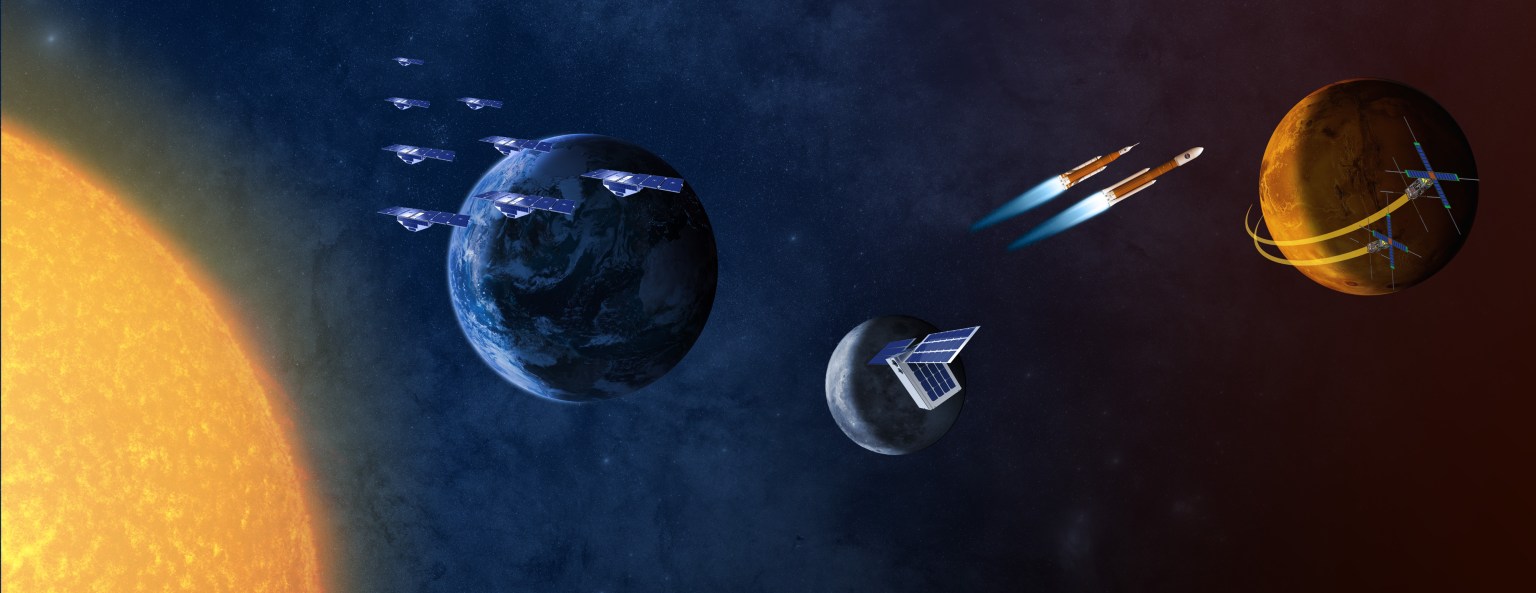
Lessons Learned from Executing End-of-Life Operations with 4 CubeSats until their Consecutive Re-Entries (BEESAT-2/-3/-4/-9)
Speakers: Anton Große Siestrup and Julian Harbeck, Technische Universitat Berlin
Wednesday, November 13, 2024
10:00AM-11:00AM Pacific Standard Time
The webinar recording will be posted shortly.
Abstract: The BEESAT satellite class is a family of 1U CubeSats from Technische Universitat Berlin (TU Berlin) supported by the German Space Agency (DLR). After the funding for ongoing operations eventually ran out the newly formed Student Satellite Operation Team (Studops) took over the operations starting in 2021. Launched between 2013 and 2019 the four iterations BEESAT-2/-3/-4/-9 all remained functional significantly longer than their respective planned operational lifetimes and remained in operational condition until their respective natural decay into Earth’s atmosphere.
This led to a unique opportunity: To observe the satellites behaviour shortly prior to and during early re-entry as well as to prepare and conduct experiments specific for this special phase in the satellite life cycle. The time before each of the consecutive re-entries was used to conduct several experiments in VLEO extensively testing the satellites subsystems. Hereby the increasing density of the atmosphere challenged not only the attitude control system but also made the tracking of the satellites more difficult as the TLEs provided by NORAD out date quickly. Furthermore, as these re-entries all occurred within a nine-month period, lessons learned during previous re-entries could be applied to subsequent re-entries in a short period of time. By the fourth re-entry this has led to a mature operations plan that retrieved telemetry from the satellite until minutes before disintegration.
This presentation will show the operational measures taken to successfully maintain communication until hours respectively minutes before the actual disintegration. But also includes the planning of the end-of-life phase that considers the prioritisation of experiments, data management and integration of the open ground station service SatNOGS to increase the data budget. The gathered data provides insights into the VLEO environment and the beginning re-entry at around 100 km. This includes increasing Angular rates in VLEO and rapidly increasing temperatures prior to re-entry.
Furthermore, the state of various subsystems is assessed after up to a decade in orbit (10x the design lifetime). This includes tests with the attitude determination and control system, analysing lifetime data from the electrical power system and communication, as well as accessing payload and thermal data.
Bios: Anton Große Siestrup and Julian Harbeck are experienced spacecraft operators within the Student Satellite Operation Team at TU Berlin (StudOps), boasting a combined experience of over 1000 satellite passes. Their expertise in satellite operations has been invaluable in various projects, including the BEESAT, TUBIN, S-NET and NanoFF satellites.
Anton Große Siestrup, a master’s student in aerospace engineering, is a student research assistant at the Chair of Space Technology. At the chair he is responsible for operating the TUBIN satellite, refining operational procedures, and developing ground software to further streamline operations. Additionally, he also participates in training other students in the practical aspects of spacecraft operations during in orbit launch and early orbit (LEOP) and commissioning simulations. As an active member of StudOps, he has contributed significantly to the operation, planning, and analysis of experiments for the BEESATs. His responsibilities within StudOps extend to continuous mission planning and operations, as well as data analysis especially in regrades to attitude and orbit determination and control.
Julian Harbeck, a physics bachelor student, is also a student research assistant at the Chair of Space Technology. There he is primarily responsible for operating the S-NET constellation and continues to develop ground station software. His work additionally includes using software-defined radios (SDR) for satellite radio tracking and communication. As one of the founding members of StudOps in 2021, he played a pivotal role in the operations of the BEESAT family until their re-entries. His commitment to education has led him to teach over 15 students the practical aspects of satellite operations, ensuring that the BEESATs’ legacy extends beyond their funded operational phase.
Together, Anton and Julian have successfully planned and executed the End of Life operations for the BEESATs. Their experiences and lessons learned from this process will be invaluable in developing strategies for future satellite re-entries.
S3VI encourages the community to submit questions before the webinar to enable more directed responses. Please send questions to craig.d.burkhard@nasa.gov.














